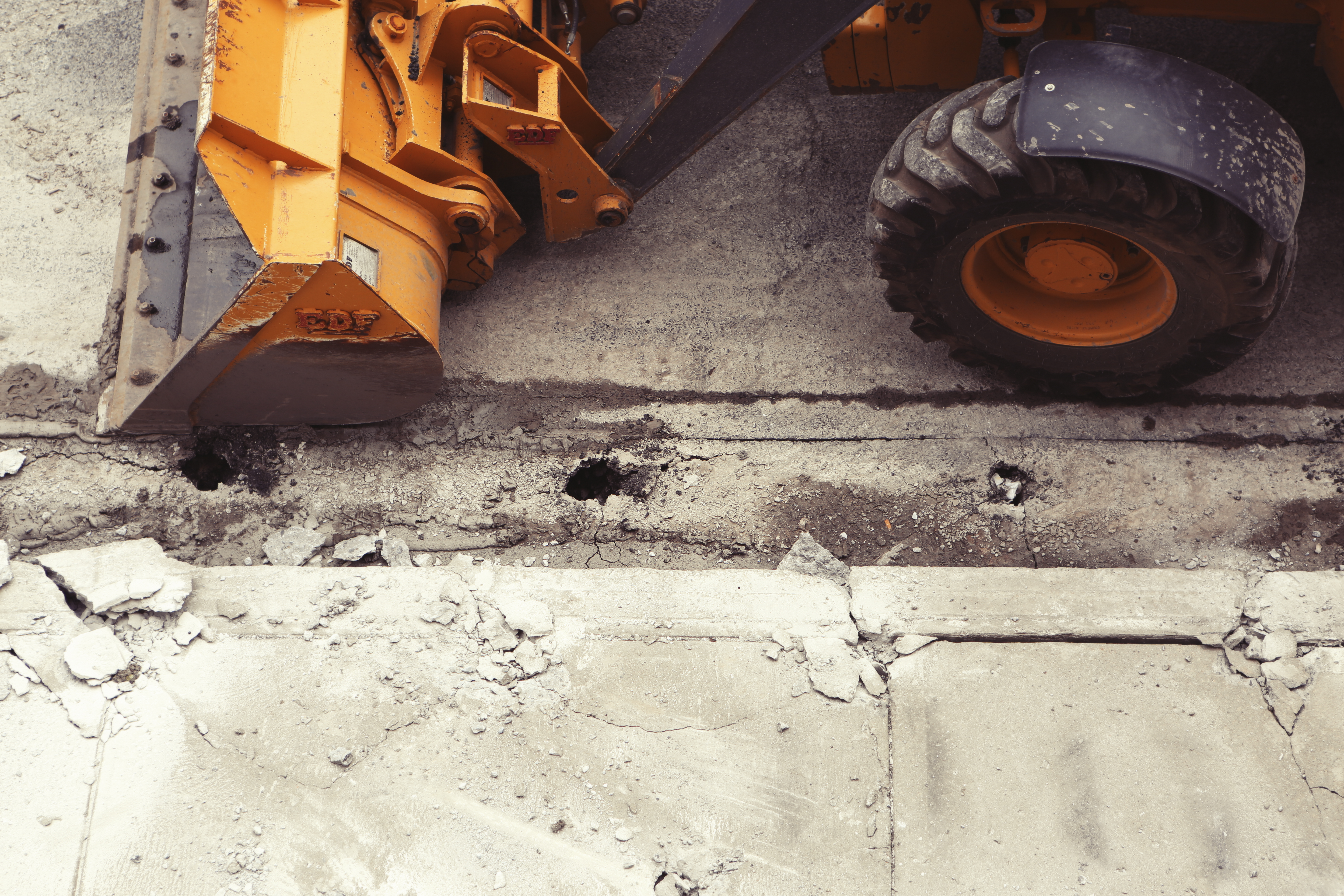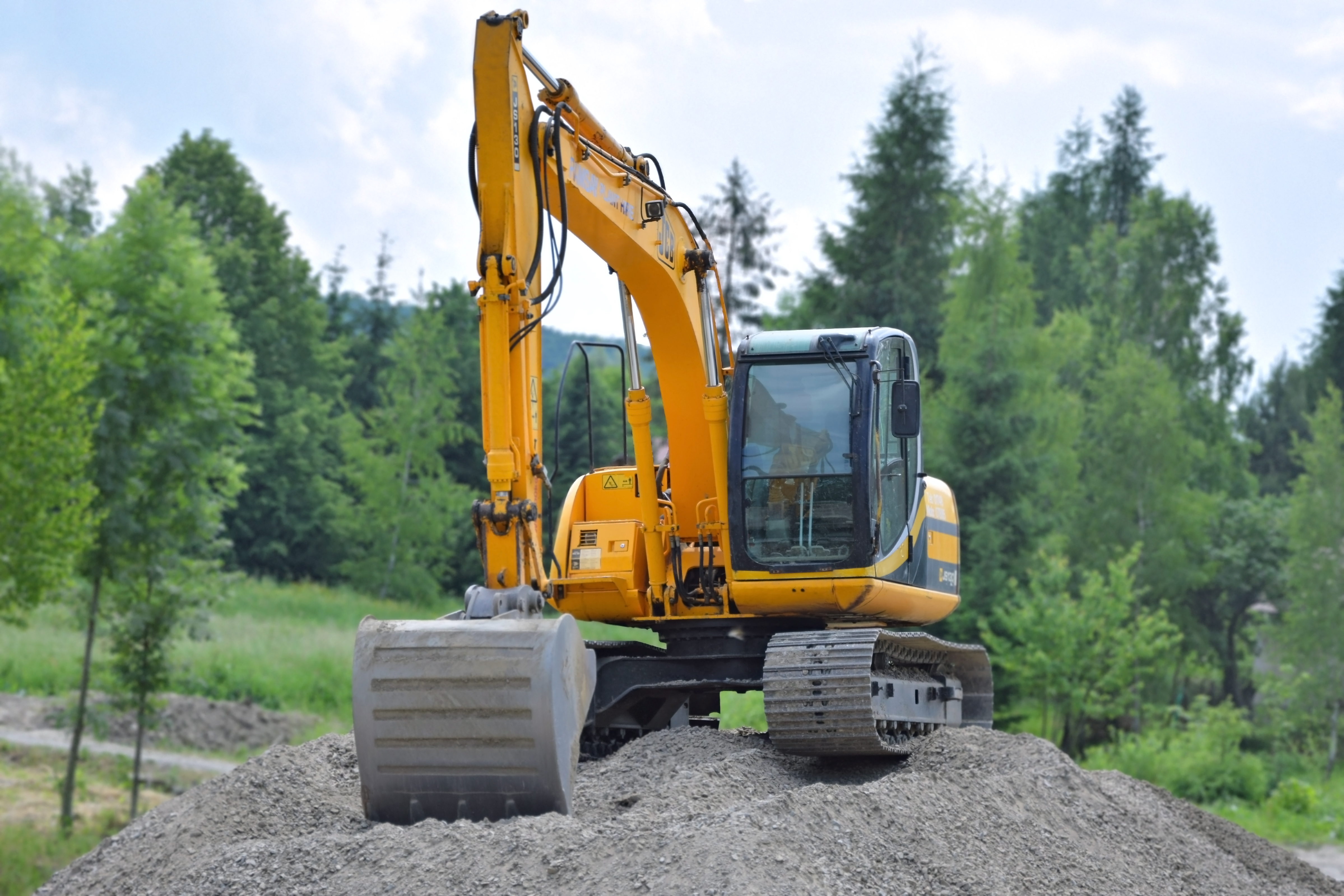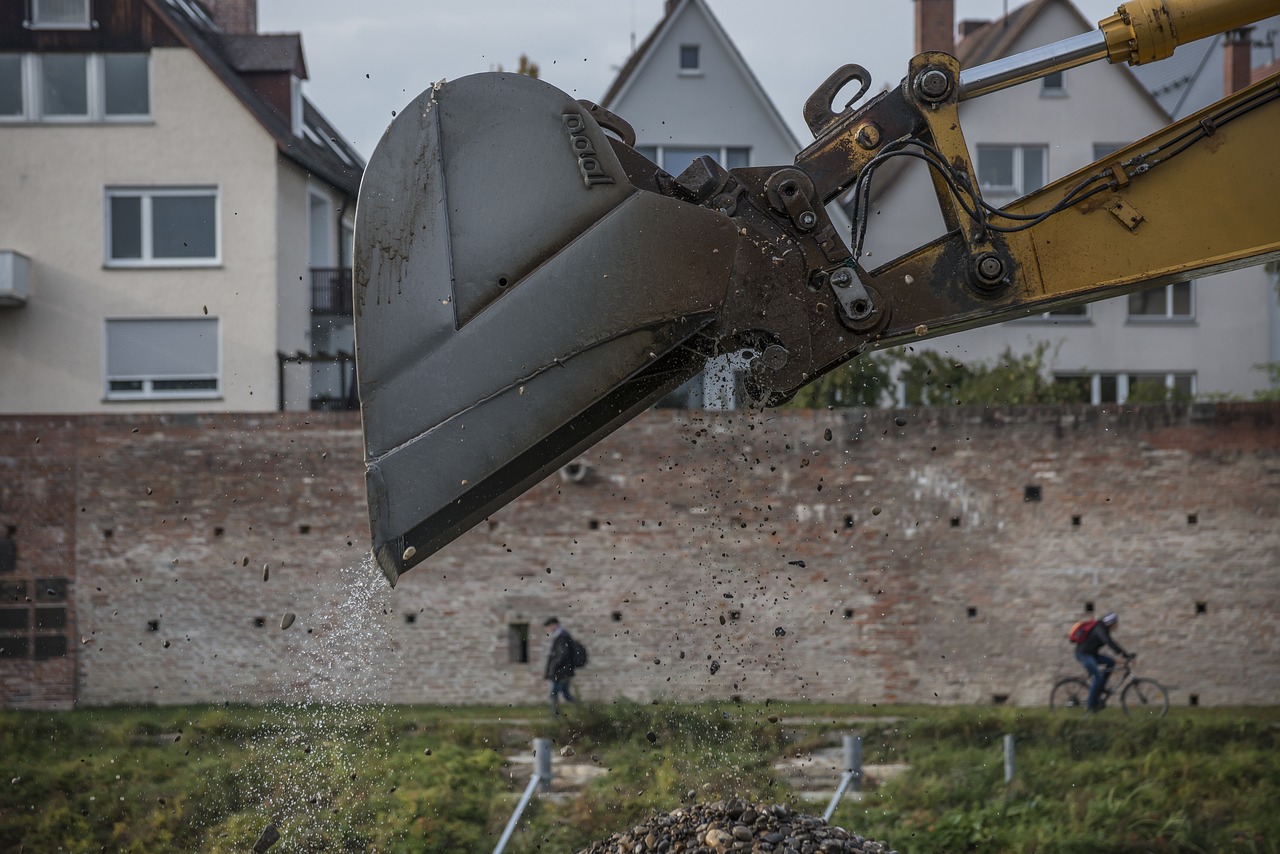As the cost of construction and materials continues to rise, homeowners are looking for more cost-effective ways to improve their homes. Excavation is an effective method that allows homeowners to make significant changes to their properties without breaking the bank. By understanding the common excavation projects that can be completed by homeowners themselves, you can save both time and money. In this article, we will explore seven common excavation projects that homeowners can tackle on their own, including digging new foundations, adding on to an existing home, building a retaining wall, excavating a foundation, and digging sewers and water wells. By the end of this article, you'll be equipped with the knowledge you need to plan ahead and confidently undertake these projects.
Dig New Foundations
One of the most common excavation projects for homeowners is digging new foundations. Whether you're planning to build an addition to your home or construct a brand new structure, digging a solid foundation is essential.

Before you begin, it's important to obtain the necessary permits and consult with professionals to ensure your project meets all safety requirements. Once you have the green light, you can start by marking the area where the foundation will be dug. Use stakes and string to outline the perimeter, and then begin excavating.
Excavating a foundation involves removing soil and debris to create a level and stable base for your structure. Depending on the size and complexity of the project, you may need to rent equipment such as a mini excavator or a skid steer loader. These machines will make the excavation process faster and more efficient, allowing you to complete the project in a shorter amount of time. As you dig, be sure to check the depth and dimensions of the foundation regularly to ensure accuracy. Once the excavation is complete, you can proceed with pouring the concrete and building your foundation.

Digging new foundations can be a challenging task, but with the right preparation and equipment, homeowners can successfully complete this excavation project on their own. By following safety guidelines and consulting with professionals when needed, you can ensure that your new foundation is solid and built to last.
Add On to an Existing Home
Another common excavation project for homeowners is adding on to an existing home. Whether you need more space for a growing family or want to create a dedicated home office, expanding your home can be a worthwhile investment. When planning for an addition, it's crucial to consider the layout, design, and structural requirements of the new space. Excavation plays a vital role in this process, as it allows you to create a foundation and prepare the area for construction.
Before you begin excavating, it's important to consult with an architect or designer to create a detailed plan for your addition.

This plan should outline the dimensions, layout, and materials required for the project. Once you have a plan in place, you can start excavating the area where the addition will be built. This may involve removing trees, shrubs, or other obstacles, as well as digging and leveling the ground.
Excavating for an addition requires careful attention to detail, as you'll need to ensure that the new foundation is properly aligned with the existing structure. This may involve digging trenches, installing footings, or creating crawl spaces depending on the design of your addition. Additionally, it's important to consider the impact of excavation on the surrounding area, such as drainage and erosion control. By taking these factors into account and following proper excavation techniques, homeowners can successfully add on to their existing homes.
Build a Retaining Wall
If your property has uneven terrain or slopes, building a retaining wall can help prevent soil erosion and create usable space.

Retaining walls are structures designed to hold back soil and provide stability to areas that would otherwise be prone to erosion. They can be made from a variety of materials, including concrete blocks, stone, or timber. Building a retaining wall involves excavation to create a level base and ensure proper drainage.
Before you start digging, it's important to determine the location and dimensions of the retaining wall. Consider the purpose of the wall, such as whether it's purely functional or also intended for aesthetic appeal. Once you have a plan in place, you can mark the area where the wall will be built and start excavating. Depending on the height and length of the wall, you may need to excavate deeper and wider to accommodate the necessary foundation and drainage materials.
During the excavation process, it's crucial to maintain a level base for the retaining wall.

This can be achieved by using a string level or a laser level to ensure accuracy. Additionally, it's important to consider proper drainage to prevent water buildup behind the wall. This can be achieved by installing drainage pipes or gravel behind the wall during the construction process. By following these steps and consulting with professionals when needed, homeowners can successfully build a retaining wall that enhances the functionality and aesthetics of their property.
Excavate a Foundation
Excavating a foundation is a common project for homeowners who are looking to create a basement or expand their existing foundation. This excavation project involves digging out the area where the foundation will be located, removing soil, rocks, and other debris. Excavating a foundation requires careful planning and consideration of structural requirements.
Before you begin, it's important to assess the soil conditions and consult with professionals to ensure the stability and safety of the excavation.

You'll need to obtain the necessary permits and follow local building codes. Once you have the green light, you can start by marking the area where the foundation will be dug. Use stakes and string to outline the perimeter and begin excavating.
Excavating a foundation requires precision and attention to detail. You'll need to dig to the proper depth and dimensions, ensuring that the excavation is level and free from any obstructions. This may involve using equipment such as mini excavators or backhoes, depending on the size of the project. As you dig, be sure to check the depth and dimensions regularly to ensure accuracy.
Once the excavation is complete, you can proceed with pouring the concrete and building your foundation. It's important to follow all safety guidelines and consult with professionals throughout the process to ensure a successful outcome. With the right planning and equipment, homeowners can confidently excavate a foundation and create additional space in their homes.

Dig Sewers and Water Wells
Excavating for sewers and water wells is another common project that homeowners may undertake. Whether you're connecting your home to a municipal sewer system or installing a well for a private water supply, excavation is a crucial step in the process. While these projects may require specialized knowledge and equipment, homeowners can still take an active role in the excavation process.
Before you begin, it's important to consult with professionals who specialize in sewer and well installations. They can help you assess the feasibility of the project, obtain the necessary permits, and plan for any potential challenges. Once you have a plan in place, you can mark the area where the excavation will take place and start digging.
Excavating for sewers involves creating trenches that will house the sewer pipes. The depth and width of the trenches will depend on local codes and the specific requirements of the project.

It's important to follow these guidelines to ensure proper installation and functionality. Excavating for water wells involves digging a hole deep enough to reach the water table. This may require specialized equipment such as a drilling rig or an auger.
During the excavation process, it's important to consider safety measures such as shoring or sloping the trenches to prevent cave-ins. Additionally, it's crucial to follow all local regulations regarding proper disposal of excavated soil and debris. By following these guidelines and consulting with professionals, homeowners can successfully excavate for sewers and water wells, ensuring a reliable and efficient system for their homes.
Conclusion
Excavation projects offer homeowners the opportunity to make significant changes to their properties without hiring outside contractors. By understanding the common excavation projects that can be completed by homeowners, you can save both time and money. Whether you're digging new foundations, adding on to an existing home, building a retaining wall, excavating a foundation, or digging sewers and water wells, it's important to plan ahead and consult with professionals when needed.
With the right preparation, equipment, and knowledge, homeowners can tackle these projects with confidence and transform their homes into the spaces they've always dreamed of. So go ahead, grab your shovel, and get ready to make your home feel like home!
Ready to Transform Your Home? Gonzalez and Son Excavating Can Help!
Looking to embark on your next excavation project? Whether you're eager to dig a new foundation, expand your home, construct a retaining wall, or tap into the water table with a new well, Gonzalez and Son Excavating is here to make your dreams come true. Serving proud homeowners in and around Cambridge, NY, Hoosick Falls, NY, Greenwich, NY, Manchester, VT, Arlington, VT, and Bennington, VT, we've got the expertise, equipment, and enthusiasm to turn your visions into reality.
Why go it alone when you can partner with the best? With years of experience under our belts, we're well-versed in ensuring each excavation project is done right the first time, meeting all safety and quality standards.
Plus, our team is always here to provide guidance, answer questions, and ensure you're informed every step of the way.
Let's create something incredible together. For a home transformation that not only meets but exceeds your expectations, reach out to Gonzalez and Son Excavating today! Your property's potential is waiting to be unearthed. Don't wait – let's dig into your next project together!
 Add Row
Add Row  Add
Add 




Write A Comment